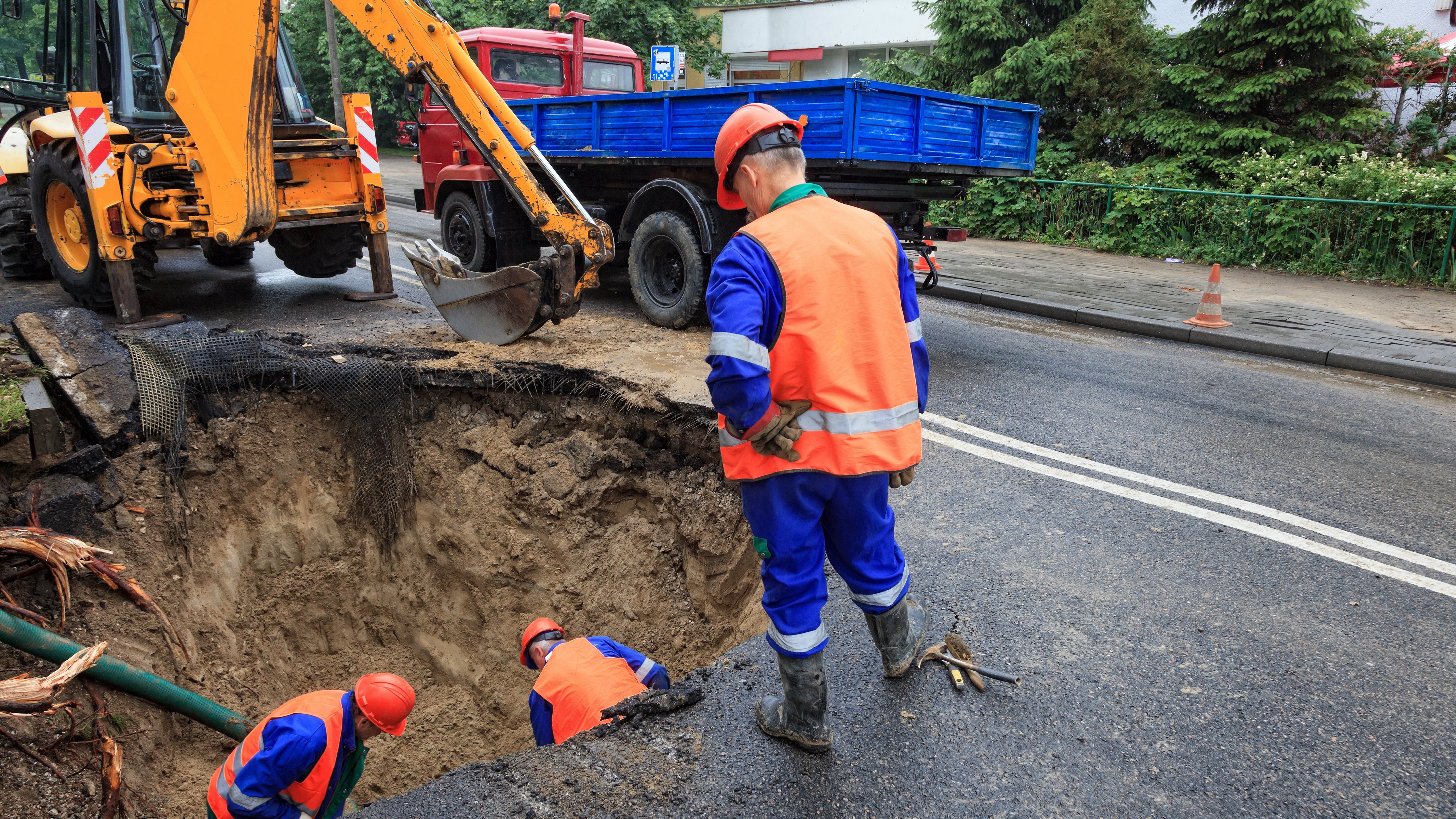A common solution is to “soften” the dynamics of starting and stopping a pump, which can be achieved with a soft starter. However, even soft starters have different methodologies that can be employed, such as a basic soft start/stop, pump control and sensorless linear speed.
Some methods may or may not solve a water hammer issue, but sensorless linear speed mode typically has the best performance and delivers smooth starting and stopping even with a varying load (see image to the left).
In one of our applications, a municipality pumping station was generating water hammer events that caused vibration alarms to go off at a bank some distance away. Sensorless linear speed was the solution for their problem.
Design your systems to reduce the chance of water hammer events from occurring. High pressure spikes, audible hammer sounds and/or issues elsewhere in the system are signs of a potential water hammer event. Should this occur, take preemptive action or risk a more costly action later on. Visit our website to learn more about our family of low voltage soft starters.

